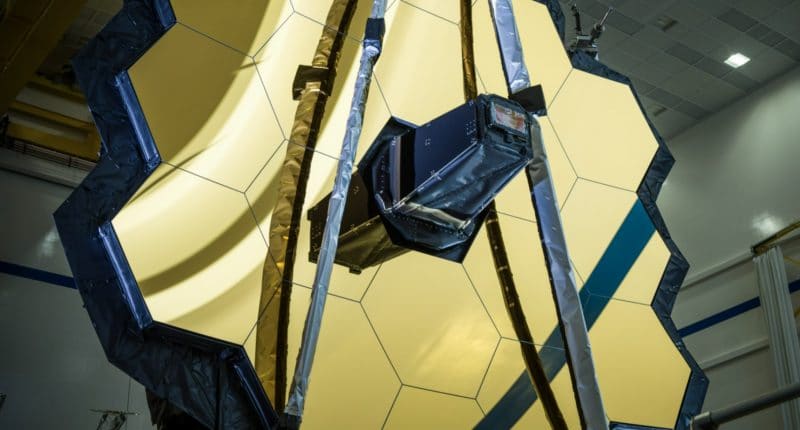This Christmas is going to be extra-special as a new chapter in humanity’s conquest of space is about to unfold. After being delayed due to choppy weather, the James Webb Space Telescope finally took to space in its long million-miles journey. NASA’s James Webb Space Telescope launched at 7:20 a.m. EST Saturday on an Ariane 5 rocket from Europe’s Spaceport in French Guiana, South America.
The largest and most powerful telescope is the culmination of the work of nearly a quarter of a century and will launch from the European Space Agency’s South American spaceport in French Guiana aboard an Ariane 5 rocket. Said to be way more powerful than the Hubble Space Telescope (which means that it can answer questions that its predecessor had not been able to), it is the brainchild of NASA and the European and Canadian space agencies.
“The James Webb Space Telescope represents the ambition that NASA and our partners maintain to propel us forward into the future,” said NASA Administrator Bill Nelson. “The promise of Webb is not what we know we will discover; it’s what we don’t yet understand or can’t yet fathom about our universe. I can’t wait to see what it uncovers!”
It is expected that the James Webb Space Telescope will revolutionize the observation of the universe and astronomers as it examines the infrared spectrum—thermal radiation we cannot see and which is often obscured to ground-based telescopes. Additionally, it will be acting as a time machine and is set to answer the questions of our origins and that of the universe itself, observing galaxies and stars as they were as few as 100 million years after the Big Bang, along with planets in other galaxies, especially the Andromeda galaxy.
However, all of this will happen once it successfully reaches space, and executes an intricate series of maneuvers successfully during its first month in space. Around 33 minutes after liftoff, the telescope has to deploy its solar array to begin generating power (as well as deploy a large scaffold structure to support a sunscreen that shields it from heat and light and a five-layer Kapton sunscreen), and about 12 hours later, the craft must initiate a course-correction rocket burn to fine-tune its trajectory toward its final destination. If even one of the steps goes wrong, decades of planning, designing, building, and funding go down the drain.
Let us talk more about the telescope itself. Its primary 6.5 meters mirror is composed of 18 hexagonal segments, each made of beryllium, coated with a thin layer of gold, and polished to exacting cleanliness standards, and it contains four infrared instruments. It also contains multiple forms of spectrograph imaging to study the composition of stars and planets.
Within a month, Webb will arrive in orbit around the L2 Lagrange point, a gravitationally-stable location nearly a million miles (1.5 million kilometers) from Earth, and in six months, will take and send images back to Earth.
The Tech Portal is published by Blue Box Media Private Limited. Our investors have no influence over our reporting. Read our full Ownership and Funding Disclosure →






